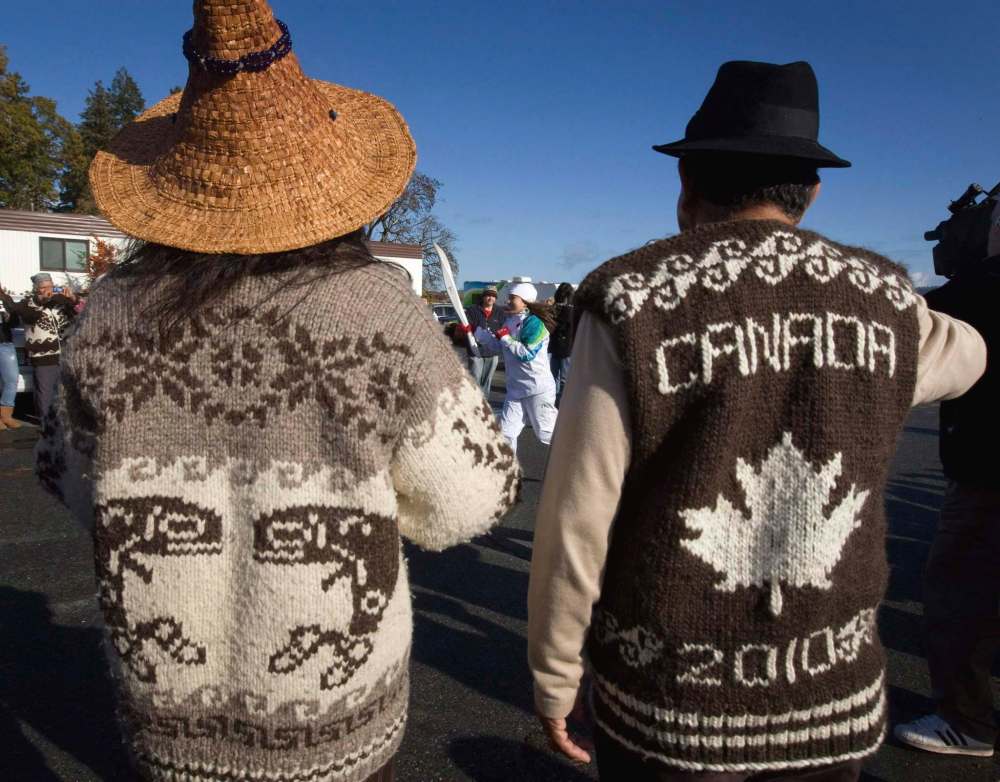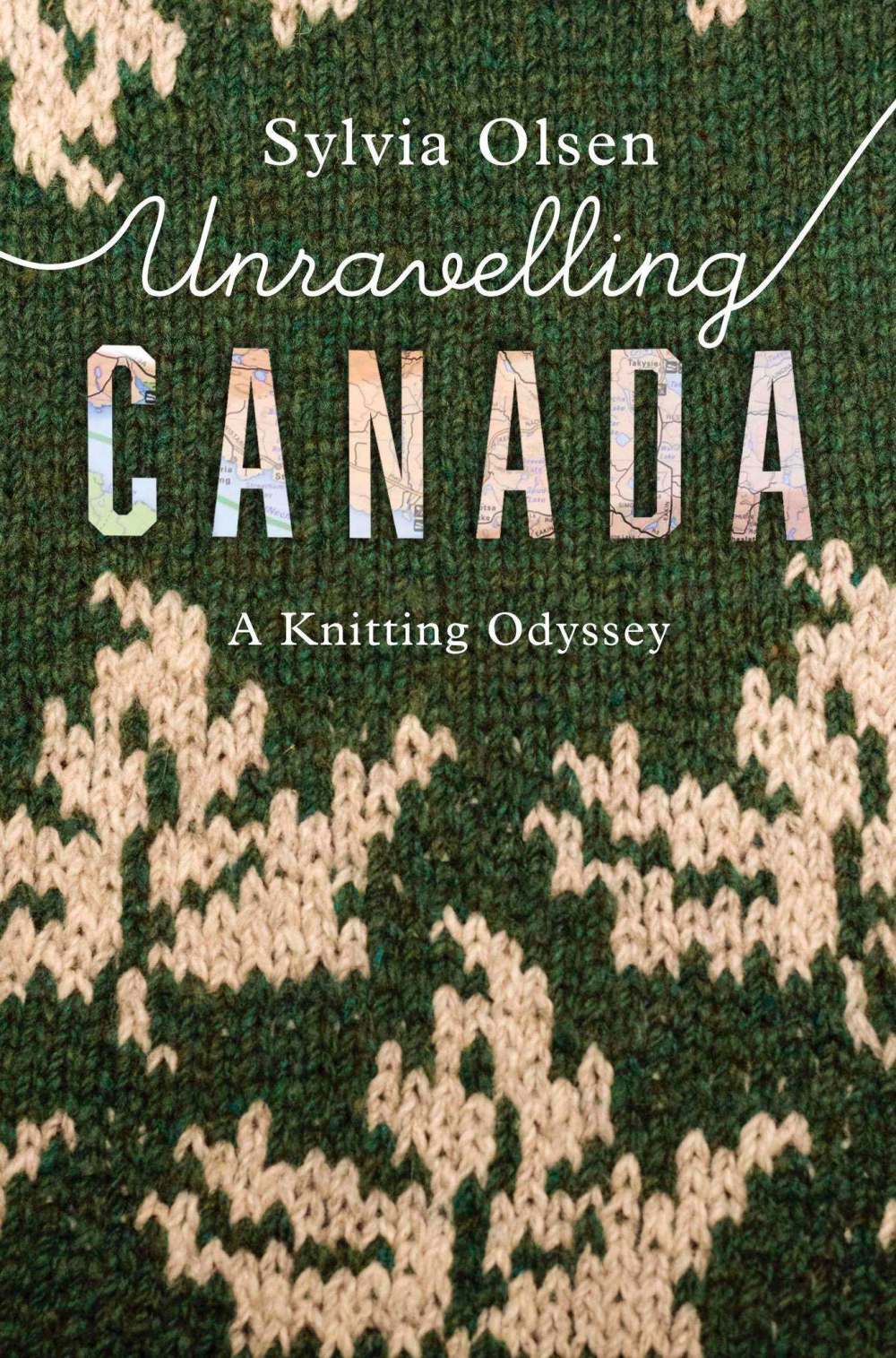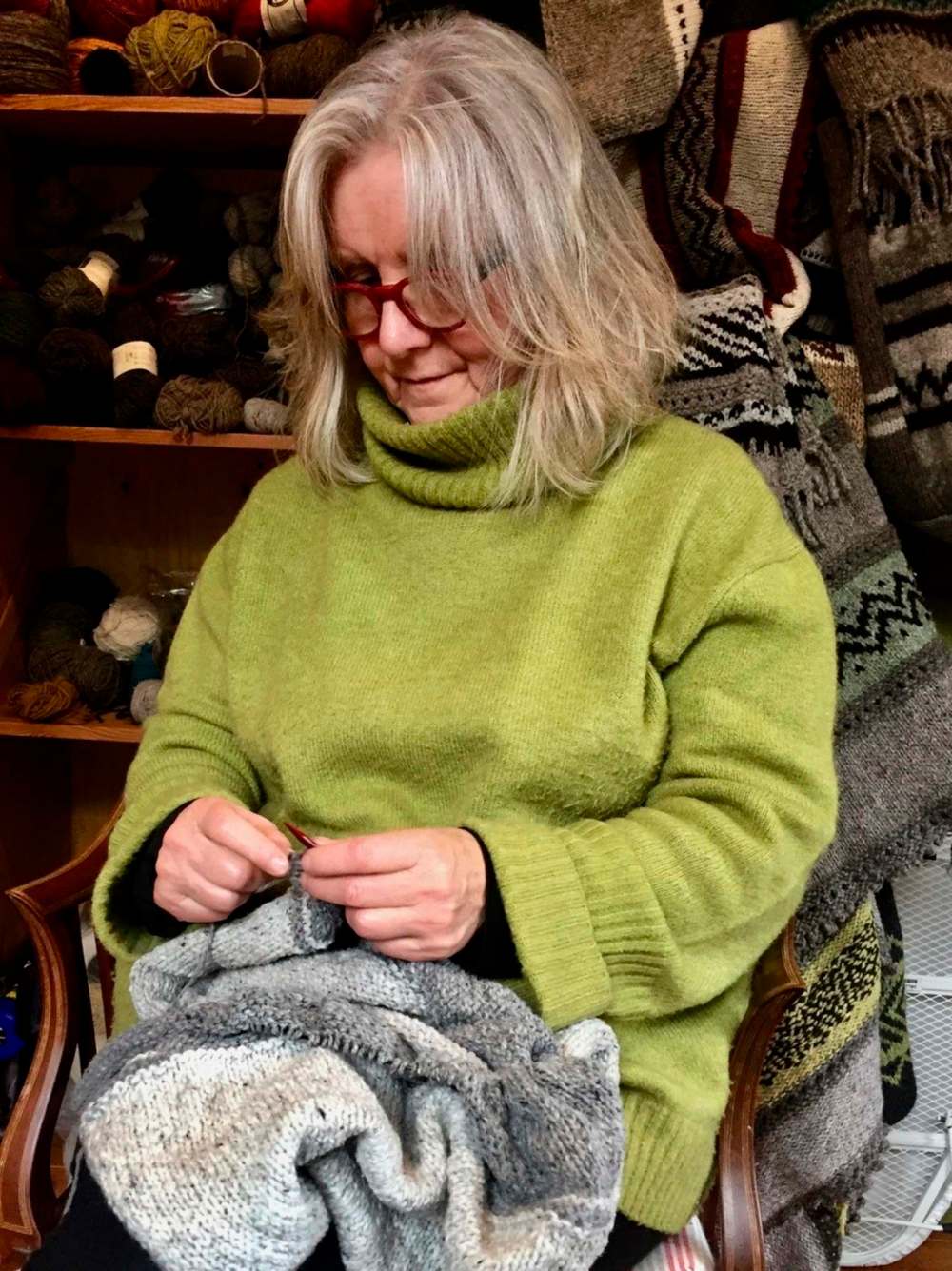A common thread
Cross-country trek stitches together knitting culture, Canadian history
Advertisement
Read this article for free:
or
Already have an account? Log in here »
To continue reading, please subscribe:
Monthly Digital Subscription
$1 per week for 24 weeks*
- Enjoy unlimited reading on winnipegfreepress.com
- Read the E-Edition, our digital replica newspaper
- Access News Break, our award-winning app
- Play interactive puzzles
*Billed as $4.00 plus GST every four weeks. After 24 weeks, price increases to the regular rate of $19.00 plus GST every four weeks. Offer available to new and qualified returning subscribers only. Cancel any time.
Monthly Digital Subscription
$4.75/week*
- Enjoy unlimited reading on winnipegfreepress.com
- Read the E-Edition, our digital replica newspaper
- Access News Break, our award-winning app
- Play interactive puzzles
*Billed as $19 plus GST every four weeks. Cancel any time.
To continue reading, please subscribe:
Add Winnipeg Free Press access to your Brandon Sun subscription for only
$1 for the first 4 weeks*
*$1 will be added to your next bill. After your 4 weeks access is complete your rate will increase by $0.00 a X percent off the regular rate.
Read unlimited articles for free today:
or
Already have an account? Log in here »
Hey there, time traveller!
This article was published 08/05/2021 (1609 days ago), so information in it may no longer be current.
Winding fibre between sticks to form stitches that become a knitted fabric dates back many centuries. In Unravelling Canada: A Knitting Odyssey, author Sylvia Olsen follows the evolution of knitting in Canada by travelling from her Vancouver Island home across to Newfoundland and Labrador’s outport communities. She cunningly stitches together knitting and Canadian history to create an engaging and unique look at present-day knitters and wool shops, with the goal of discovering the oldest sweater in Canada.
Olsen is an award-winning author of more than a dozen children’s and adult books, including Working with Wool, a history of the Cowichan sweater. She is also a First Nations housing consultant and runs a family wool business, Salish Fusion, from her home near Victoria.
After marrying a Coast Salish man at age 17, she moved the Tsartlip First Nation. There her mother-in-law taught her about the long-standing Coast Salish tradition of knitting Cowichan sweaters, and Olsen began buying and selling the sweaters and other knitted goods produced by local Indigenous women. The Cowichan sweater is said to be the only home-grown knitting tradition in North America.

Wanting to explore knitting in Canada and see how the Cowichan sweater was adapted by knitters east of Vancouver Island, in April 2015, Olsen and partner Tex McLeod ventured out on a cross-Canada road trip with more than 40 knitting destinations and 52 classes scheduled within a six-week timeframe. “It became clear that the book tour would be a storytelling tour, as well. It would let me wed my passion for knitting and my obsession with stories. I designed a simple toque to use as a teaching tool.”
At each stop on the tour, people would bring in hand-knit sweaters, asking Olsen about their origins. Winnipeg Free Press columnist Doug Speirs was one such person, attending Olsen’s workshop held in McNally Robinson Booksellers. He asked Olsen if she could identify the Cowichan-style sweater his parents had given him 41 years earlier. “Doug expected me to interpret his sweater’s geometric designs as if they were talismans that held mystical meanings — a secret code with deep Indigenous significance. He thought I would be able to ‘read’ the designs, leading him to where the sweater was knit or even to the knitter herself.”
In fact, she was able to confirm Speirs’ sweater was knit by a Coast Salish woman, but the knitter had incorporated commercially produced black yarn made with dyed wool from New Zealand into the design, since local black sheep were relatively rare at that time.
Olsen muses on the need to identify specific traditions in knitting. “The art of knitting has been borrowed and shared for hundreds of years. It cannot be called traditional by anyone, including Europeans or even North Africans, where knitting appears to have started,” she writes. “In the same way Coast Salish knitters used techniques from Europe to make their sweaters, knitters from across the globe have incorporated Coast Salish techniques into their designs, and the wonderful cycle of creativity goes on.”
Included in Unravelling Canada are excerpts from the approximately 800 stories Olsen and McLeod heard at the workshops held across Canada. One common theme was women knitting a sweater for a boyfriend. In some cases, the sweater was a disaster, in others the relationship ended before the sweater was finished, while in a few, both the sweater and boyfriend stood the test of time.

Olsen writes about the future of Canadian knitting lying with young women like her daughter, Joni, who are adapting their grandmothers’ and mothers’ techniques and patterns in new ways. “Young knitters are upending one of the many myths about knitters — that knitting is for grandmothers. The yarn selection in the shops I had visited to date conveyed the sense that the knitting scene had found a new groove.”
As she and McLeod make their way through the coastal mountains and the Rockies, across the Prairies, into the boreal forest of Ontario, through Quebec’s farmland, to the East Coast with Prince Edward Island’s storybook beauty, and to Newfoundland’s spectacular rugged ocean views, Olsen describes the passing countryside and local history in a way that shows how miraculous it is that such an enormous geographic area was merged into a single country.
Unravelling Canada is a love letter to Canadian knitters and to everyone who calls Canada home.
Andrea Geary is a Winnipeg writer who remembers her three brothers wearing Cowichan sweaters in the early 1960s.



